By Blaine Taylor
In the summer of 1941, as the Nazi German blitzkrieg rolled over the Russian Red Army defenses at the embattled city of Leningrad, today once more St. Petersburg, a short, squat figure with pale blue eyes, cherubic face, and gray-blond hair stood erect atop a parapet, seemingly oblivious to the exploding enemy shell bursts all around him, bullets whizzing by his head.
One amazed soldier in the trench below turned to another and said, “Look! It’s him! Klim! Look how he stands as if he grew out of the earth!” Klim was the derivative Christian name of the legendary commissar of the Russian Civil War of 1918-1920, the Battle of Warsaw that latter year, the disastrous but still victorious Russo-Finnish Winter War of 1939-40, and now of the German Operation Barbarossa attack on the Soviet Union.
“That Sly Old Bastard”
The renowned Hero of Tsaritsyn (later Stalingrad) with the famed 1st Cavalry Army, the man who quelled the naval uprising at Kronstadt in 1921, the first marshal of the land of the Soviets from 1935, Voroshilov was one of only two from the original five who survived the Stalinist Great Purge of the Red Army in 1937.
He was also a member of Stavka, the Supreme Command, during the Great Patriotic War, the official Russian name for World War II. In addition, Voroshilov was author of the 1937 book Defense of the USSR, which lauded dictator Josef Stalin as a preeminent military genius.
The man who called Stalin by the nickname of Koba and was in turn termed by him the Soviet Union’s “top marksman” for his prowess with firearms was also a member of both the Presidium and Politburo, the ruling bodies of the Communist Party; a member of the GKO, or State Committee of Defense; and people’s commissar of military and naval affairs from 1925-1940.
Termed “a political general rather than a professional soldier” by noted English Kremlinologist author Edward Crankshaw, “he had a long career, marked by vainglory, folly, and durable good luck.” Within high Communist Bolshevik circles, many called him “the Party boy,” due to his long ties to Stalin, whom he claimed to have met at a Communist Party congress at Stockholm in 1906.
Stalin himself said that he did not remember and, in his more famous paranoid years toward the end of his life, asserted that his deputy had actually been an English spy during the period of 1938-1948. Nikita S. Khrushchev, who rose to lead the Soviet Union, called the assertion “stupidity.”
Nevertheless, Stalin took the man whom Red leader Lazar Kaganovich called “that sly old bastard” with him to the conference at Teheran, Iran, in 1943 where British Prime Minister Winston Churchill presented the Soviet leader with the famed Sword of Stalingrad, given to the Russian people by King George VI in honor of their incredible valor against the Germans.
Stalin picked up the sword with both hands and, holding it horizontally, kissed the scabbard. He then handed it to Marshal Voroshilov, as the blade slid from its sheath and clattered loudly onto the floor. It was considered to be a bad omen, and yet Voroshilov, whose military codename was Yefremov, managed to survive the incident, just as he did everything else over the course of his remarkable career under Stalin and his volatile successors.
Voroshilov’s Wide Renown
The most incredible aspect of Marshal Voroshilov’s meteoric career was that he began it with no military experience at all, having spent World War I during 1914-1916 as an exempt armaments factory lathe worker who was an undercover Bolshevik agent while singing in one company’s choir and working as a machinist at several other locations.
After the Bolsheviks succeeded in taking over the government following the Great October Revolution of 1917, Voroshilov allied himself to Stalin in the Battle of Tsaritsyn during the subsequent Civil War and served as a cavalry commander under his later fellow marshal, Semyon Budenny, another longtime Stalinist crony.
With the breaking of the siege of the rival White Army, Voroshilov found himself an enduring hero of the Civil War, even though he was defeated outside Warsaw in 1920 by Polish Marshal Josef Pilsudski.
Called “the child of Stalin’s military genius,” Voroshilov sang (literally!) his master’s praises and survived along with Budenny long after Stalin’s death in 1953. Their rival Leon Trotsky called Voroshilov “a hearty and impudent fellow, not overly intellectual, but shrewd and unscrupulous, a conscientious worker with an excellent understanding of the organization of the 10th Army.”
The famed first marshal was widely lauded by Soviet propagandists as unafraid of bullets, easy in the company of writers and artists, a Hero of the Soviet Union and Hero of Labor, one of Stalin’s “Magnates,” and hailed as a knight in ballads. The novel The Red Eagle was written about Voroshilov, who was portrayed on Russian trading cards for children like an American baseball star and was touted as “the most popular hero in the Bolshevik pantheon, the most illustrious of the Soviet grandees,” according to Stalin biographer Simon Sebag Montefiore.
British Field Marshal Alan Brooke rightly called Voroshilov “an attractive personality who owed his life to his wits,” and that was definitely true, while his Kremlin colleague Khrushchev admitted, “He certainly was loyal and honest,” particularly with Stalin.
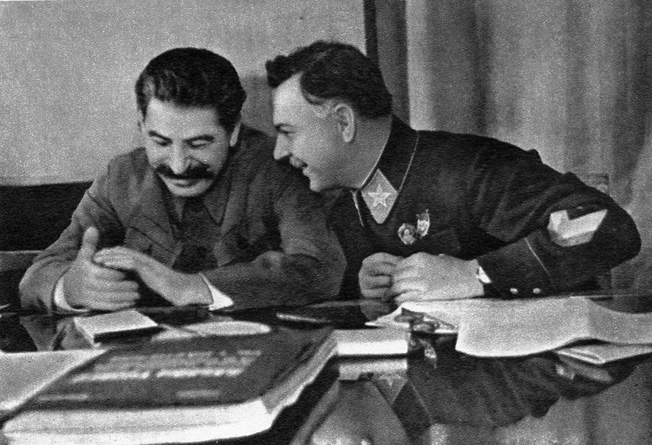
Soviet Foreign Minister Vyachelsav Molotov, who outlived all the old Bolsheviks of the Lenin-Stalin era, asserted that the Soviet dictator never completely trusted Voroshilov, nor anyone else, for that matter, and Voroshilov in turn was never completely sold on Stalin either.
Nevertheless, Molotov concluded, “He performed well at critical moments,” such as being Stalin’s closest aide during the purges against the peasant Kulak class and, later, in decimating the upper officer tiers of the Red Army.
Indeed, First Marshal Voroshilov helped Stalin kill fully 4,000 of his own officer corps, crippling it just before the onset of a series of wars with the fascist powers.
An Incomprehension of Modern Mechanized Warfare
Stalin’s secretary, B. Bashanov, characterized Voroshilov as “Quite a man, full of himself,” and indeed he was that, too, basking in the full glare of the public limelight with his many medals and decorations. The marshal swilled vodka with artists and generally lived the high old life of the former czarist landed gentry.
The first marshal had a huge, ostentatious country home that was modeled on the Livadia Palace at Yalta in the Crimea on the Black Sea, as indeed, all the top Soviet leaders did during the Stalin era.
“Klim” loved being painted on horseback, flashing saber in hand, in full-length, life-sized portraits by the Kremlin’s court painter, Gerasamlinov, and critics charged that he spent more time thus portrayed than doing his job at the Commissariat of Defense.
General Sergei M. Shtemenko, a future chief of staff of the Warsaw Pact alliance, called Voroshilov “a man of education and culture, something of a showman, exuding cordiality and bonhomie, making a parade of his courage, and thinking that he would be better received by the Terek and Kuban Cossack infantry by riding out to inspect them on a horse.”
Like his fellow Marshals Budenny and Stalin, Voroshilov comprehended the infantry, cavalry, and armored-train tactics of the civil war era and Russo-Polish War of 1920 far better than he did that of the mechanized warfare of tanks and armored divisions, and therein lay the seeds of his defeats in both the Russo-Finnish War and World War II.
A successful practitioner in the latter, Marshal Ivan Konev, said of his former chief that he was “a man of inexhaustible courage, but incapable of understanding modern warfare.” Harshly criticized both during and after the wars, Voroshilov always landed on his feet, however, and he was always assigned to other high-level posts.
Loyalty and Results
As a sort of Soviet Hermann Göring and Albert Speer combined, the first marshal in his pre-World War II years was responsible for building up the Army and Navy as well as industry with Stalin to prepare for what both saw as the inevitable war against fascism.
Noted Soviet military writer Dmitri Volkogonov was very critical, defining Voroshilov as mediocre straight out, having but two years of formal schooling, beginning as a Chekist secret policeman during the revolution, and becoming Stalin’s willing stooge and toady, thus being placed in important high military commands “with having never worn a uniform … and lacking the least military knowledge”
What mattered first and always to Stalin was loyalty and getting the desired results. Voroshilov excelled in the former and produced admirably in the latter category, at least until the Japanese killed 3,000 soldiers in the Far East in August 1938, the Soviet Union stumbled badly during the 105-day war with tiny Finland during 1939-1940, and the Red Army was smashed by the German Wehrmacht during 1941-1943.
According to Volkogonov, First Marshal Voroshilov was also the father of both chemical and biological warfare in Russia. His house of cards began collapsing in 1939, though, with the stunning initial defeats of the Red Army by far-outnumbered Finland during the early stages of the Winter War debacle that left 70,000 known dead Red Army soldiers in the frozen snow and ice, a harbinger of what later happened to the German Army in Russia.
“His Negligence Was Criminal”
Born Janury 23, 1891, the son of a railway worker and a milkmaid, the future first marshal came out of the Russian Civil War with a strong belief in irregular partisan forces, as opposed to a regular army, and found the means for his resurrection militarily by the end of 1942 by being appointed head of all partisan forces fighting behind the lines of the vast German invasion front that extended across the width of the Soviet Union and for hundreds of miles back toward the borders of the Third Reich.
He had thus reinvented himself once more.
Having concluded the unsuccessful 1939 diplomatic negotiations with the lukewarm British and French for an alliance against Hitler that did not materialize, the first marshal conducted vastly positive Lend-Lease talks with the United States, greatly assisting Russia in the war.
Indeed, in 1954, the then party general secretary, Nikita Khrushchev, included Voroshilov in his first summit talks with the West at Geneva. As Chairman of the Presidium of the Supreme Soviet and head of state, President Voroshilov was present five years later during the famous Moscow “kitchen debate” between Khrushchev and U.S. Vice President Richard M. Nixon, seen worldwide on television.
According to author Anthony Beevor’s Stalingrad: The Fateful Siege, 1942-43, during the cataclysmic Winter War against Finland’s Marshal Baron Carl Gustav Mannerheim, Voroshilov showed “an astonishing lack of imagination.”
Khrushchev was an even more vocal, scathing critic in his 1970 memoirs, Khruschchev Remembers: “I put the principal blame on Voroshilov for the Finnish War … His negligence was criminal … As Commissar of Defense, he was ill prepared, careless, and lazy,” much like the later Reichsmarshall Göring, whom Voroshilov closely resembled as a pompous show-off in many respects. Khrushchev, however, was quick to remind his readers that Stalin was equally at fault.
In the end, Voroshilov was relieved of command, and his post of commissar of defense was given instead to Marshal Semyon K. Timoshenko on May 8, 1940, two days before Nazi Germany launched its Western Offensive against the Allies. The Finns were defeated and the war brought to a satisfactory conclusion. Stalin, asserted Khrushchev, kept Voroshilov “around as a whipping boy,” but the latter stood his ground.
Voroshilov in Leningrad
Yet again the first marshal survived. Next, he turned up as chief of the Leningrad High Command during the summer battles with the Germans from July to September 1941. Andrei Zhadanov served as his Communist Party political commissar, the joint commander who had to endorse all his military decisions in a cumbersome dual command process that existed throughout the Red Army at that time.
Thus, the 60-year-old marshal could be found, pistol in hand, personally leading the feared Red Marines, with their famed black wool capes, into repeated actions against the enemy, only to be repulsed by the Germans time and again. Once more Stalin, who generally called Voroshilov’s headquarters at Smolny after midnight, relieved him for what he claimed was his “passiveness,” replacing him with Marshal Georgi Zhukov. In 1975, stated Molotov in an interview, “I dismissed Voroshilov. He spent all his time in the trenches.”
In his swan song, Voroshilov told his staff officers, “Farewell, comrades! They have called me to headquarters. Well, I’m old, and it has to be. This isn’t the Civil War! It has to be fought another way, but don’t doubt for a minute that we are going to smash those fascist bastards right here! Their tongues are already hanging out for our city, but they will choke on their own blood!”
In the end, he was right, and the siege of Leningrad was lifted after 900 days by the resurgent Red Army.
Unrepentant Stalinist, Mass Murderer
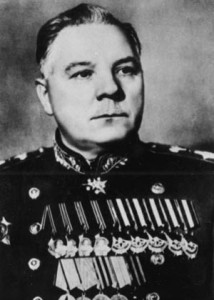
Following the end of the war and Stalin’s death in March 1953, Voroshilov played a waiting game to see who would emerge as his successor: NKVD Secret Police Chief Laventi P. Beria, or Khrushchev. In the end, he joined with the latter and Marshal Zhukov, after which the brutal, murderous Beria was removed from power and shot for his crimes.
When Khrushchev denounced Stalinist crimes in his famous “Secret Speech” at the 20th Party Congress in Moscow in 1956, the old first marshal vigorously berated the new leader for fear that the retribution for the former evil would encompass the rest of the Soviet leadership. “We’ll be taken to task!” he wailed. “We’ll still be made to pay!” but no one came to arrest, try, and shoot the former cavalry general. Once again, the wily old first marshal had survived.
Although he was made to admit many of his past “errors” publicly in true Communist Party style and kowtow to Khrushchev in private, Voroshilov remained titular president of the Soviet Union until 1960 and therefore head of state on par with U.S. presidents and the king and queen of England. It was in this capacity that the president of the Soviet Union traveled to confer with Premier Chou En-lai of the People’s Republic of China at Beijing.
In April 1962, President Voroshilov was reelected to the Presidium of the Supreme Soviet yet again. He remained to the end an unrepentant Stalinist politically. He was also an unrepentant international mass murderer, since on March 8, 1940, he signed the death warrants of 22,000 murdered Polish officers found by the Nazis in the Katyn Forest in 1943.
A Death of Natural Causes
The old Bolshevik died at age 89 on December 2, 1969, having outlived both Lenin and Stalin and also witnessing the fall of Khrushchev in 1964 in a bloodless Kremlin coup. He had survived them all and died in bed of natural causes so far as is known—no mean feat during his bloody era.
Since his death, historians of both East and West have been uniformly critical of the proud first marshal, who once ordered a cowed subordinate to kiss his boots.
Dmitri Volkogonov had the harshest barbs: “The most mediocre, faceless, and intellectually dim … no intellectual power, genuine civic feeling, vision, or moral stature … An historical accident raised him to the highest level of State power … lacking in the least military knowledge … He blamed others … Had neither strategic thinking, nor operational vision, nor organizational ability.”
During his lifetime, Voroshilov had many mistresses. His wife died in 1959, and at his retirement in 1960 he was succeeded by a later marshal, Leonid Brezhnev. The pensioner retained his Moscow apartment, a country house, chauffered limousines, bodyguards, doctors, and servants.
All things considered, the nonsoldier had not done entirely badly for himself.
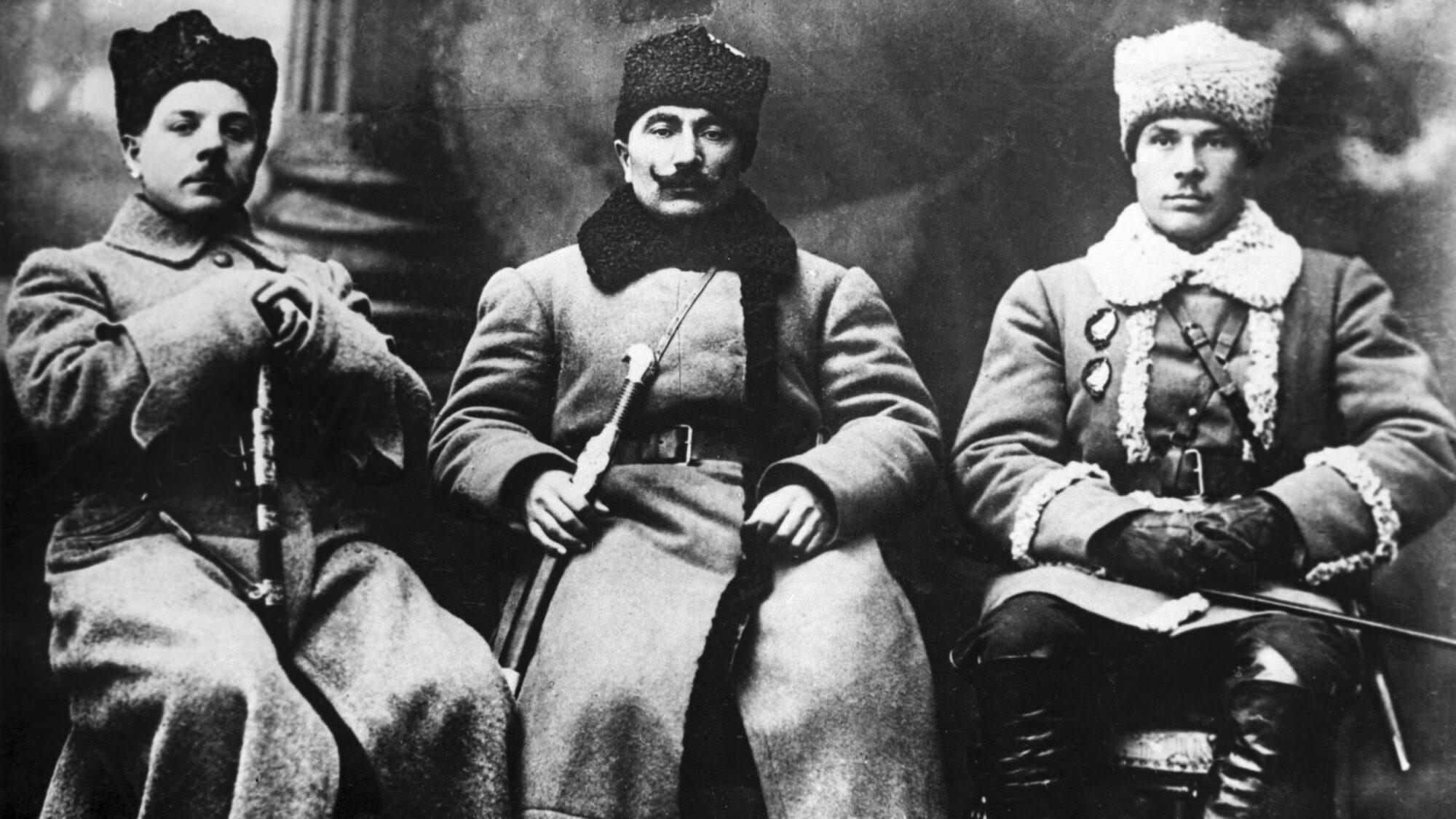
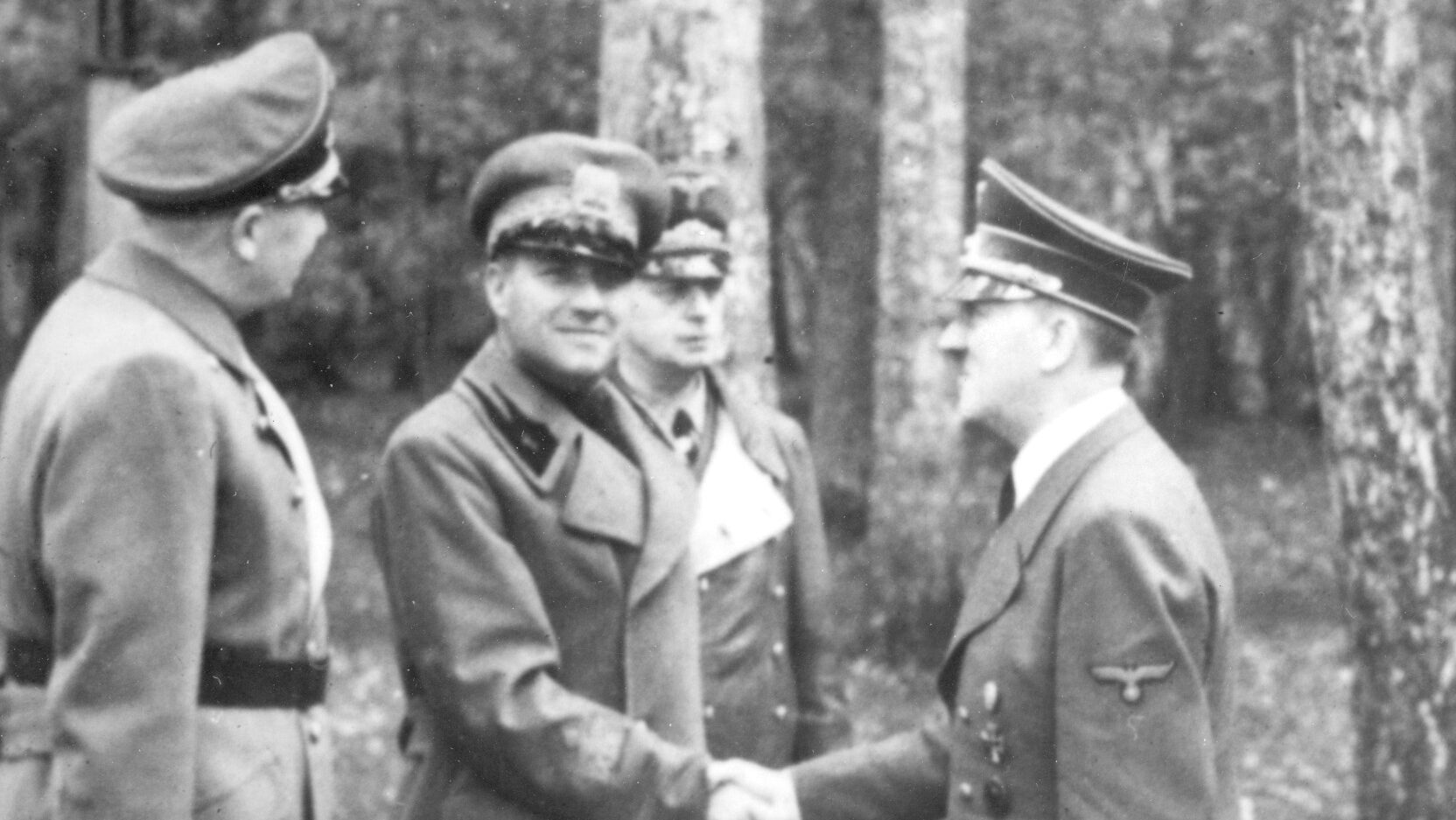
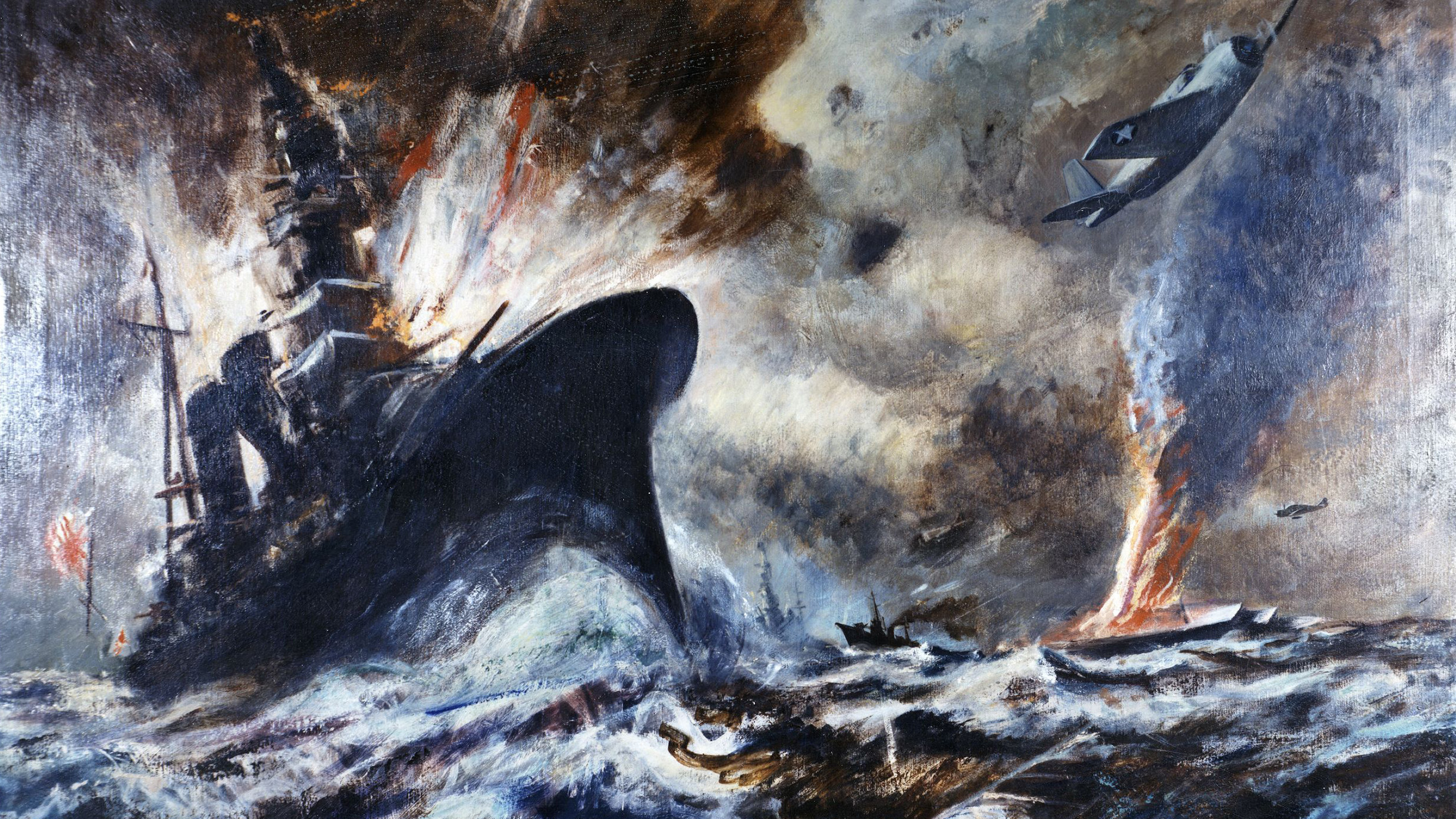
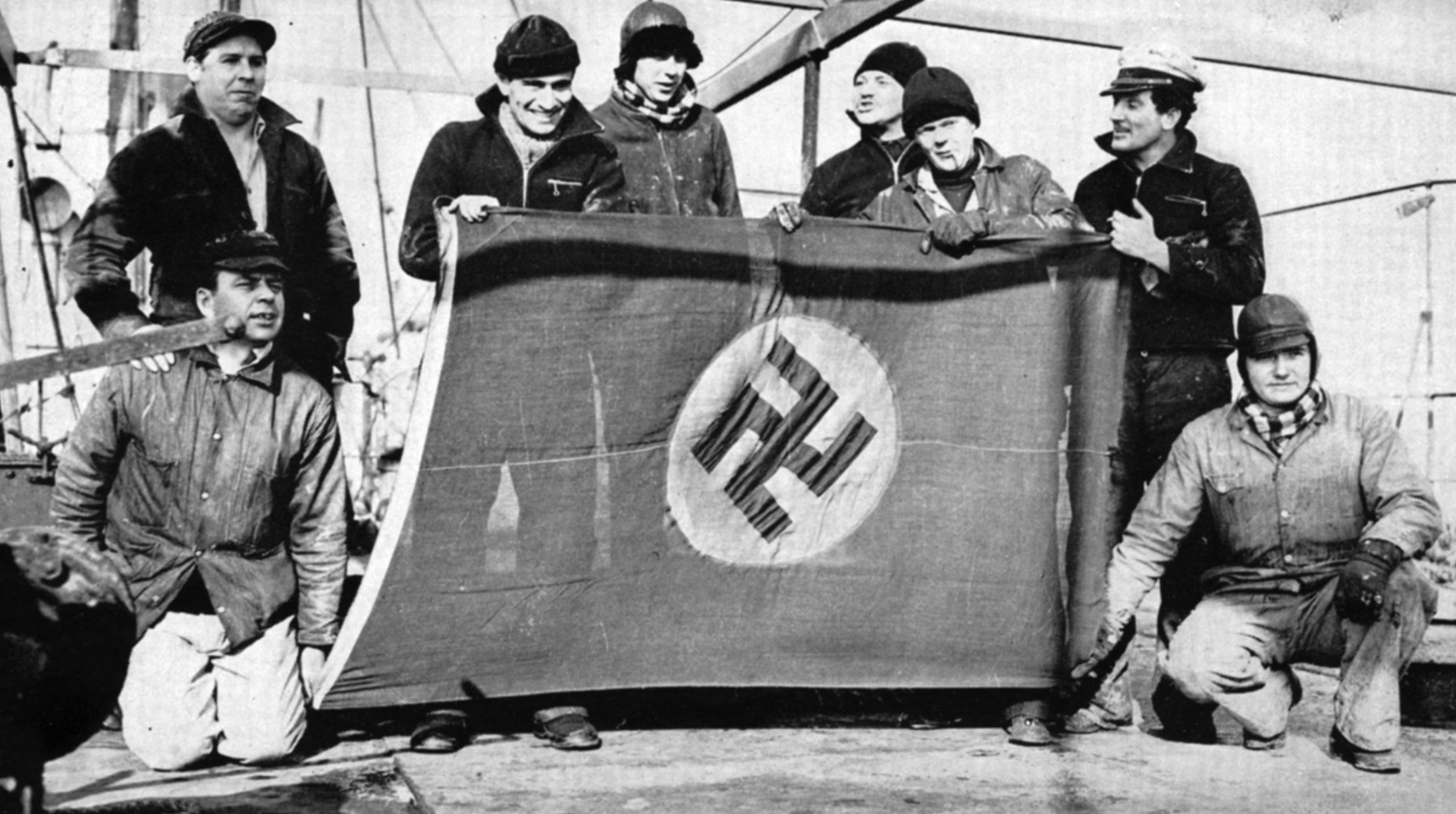
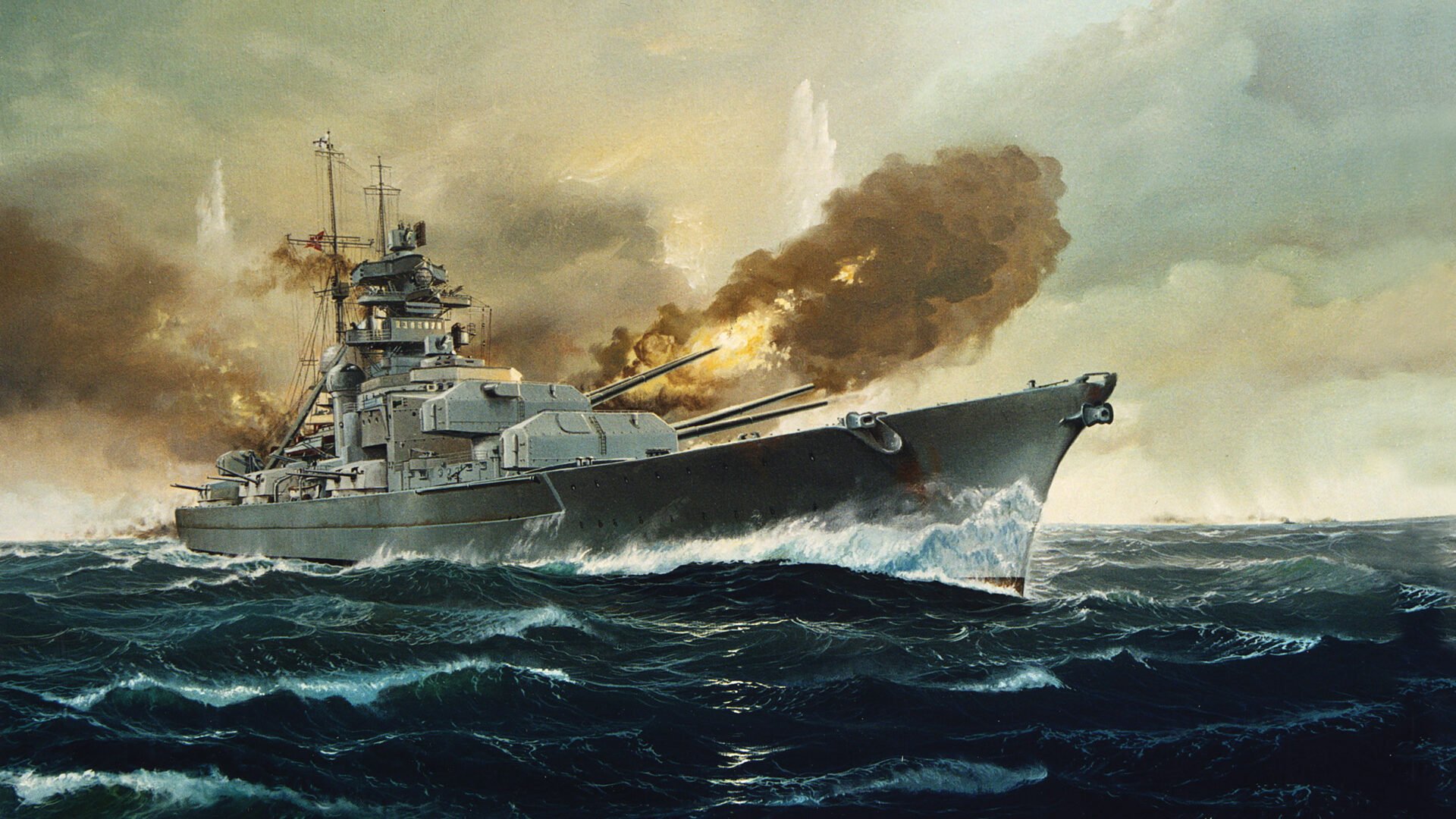
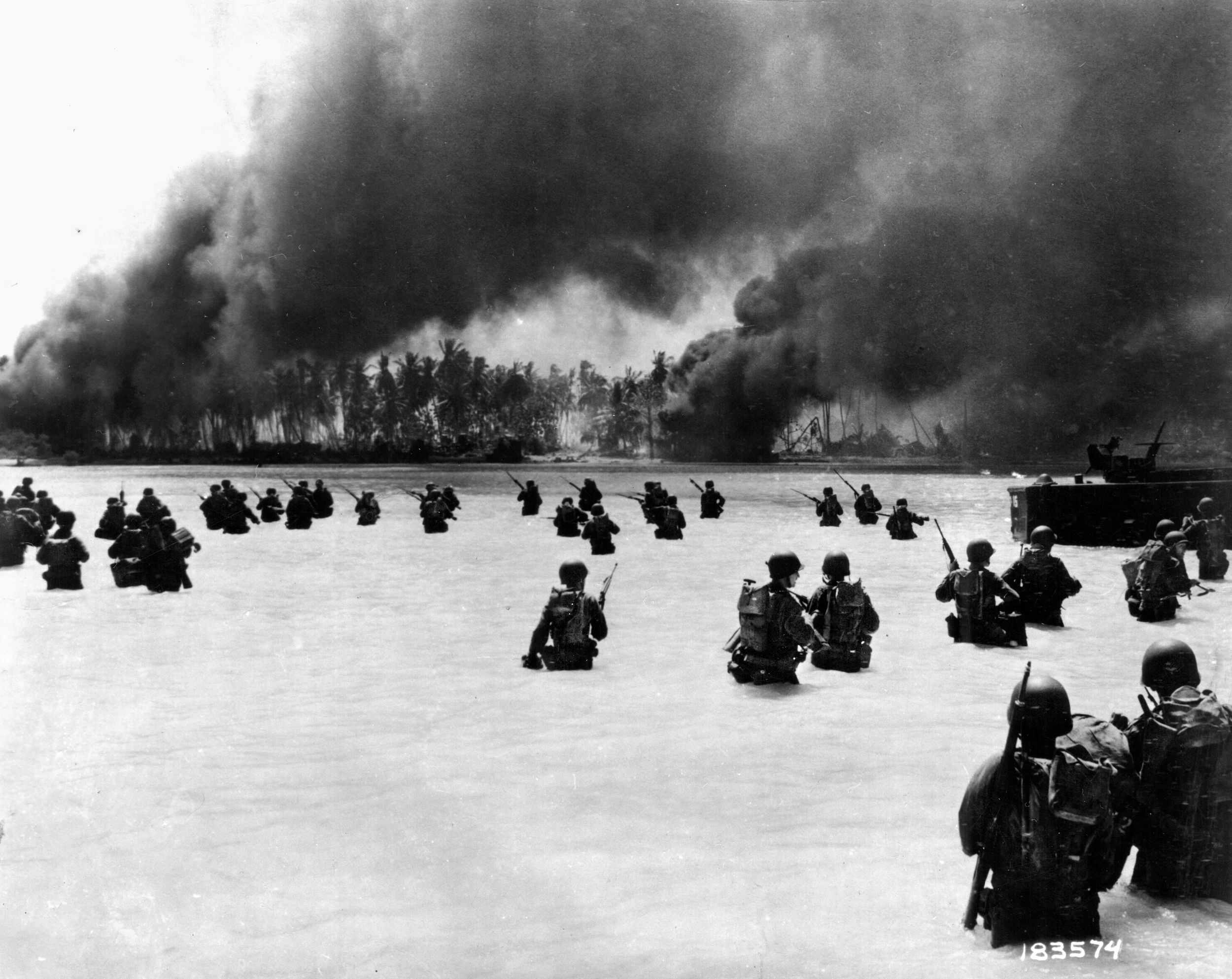
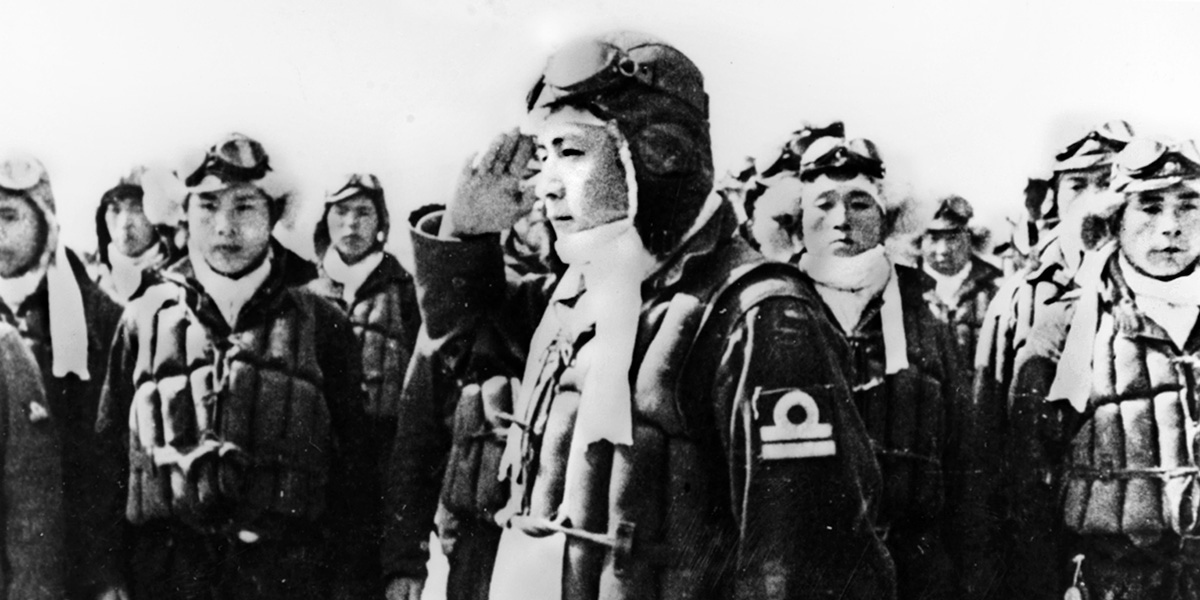
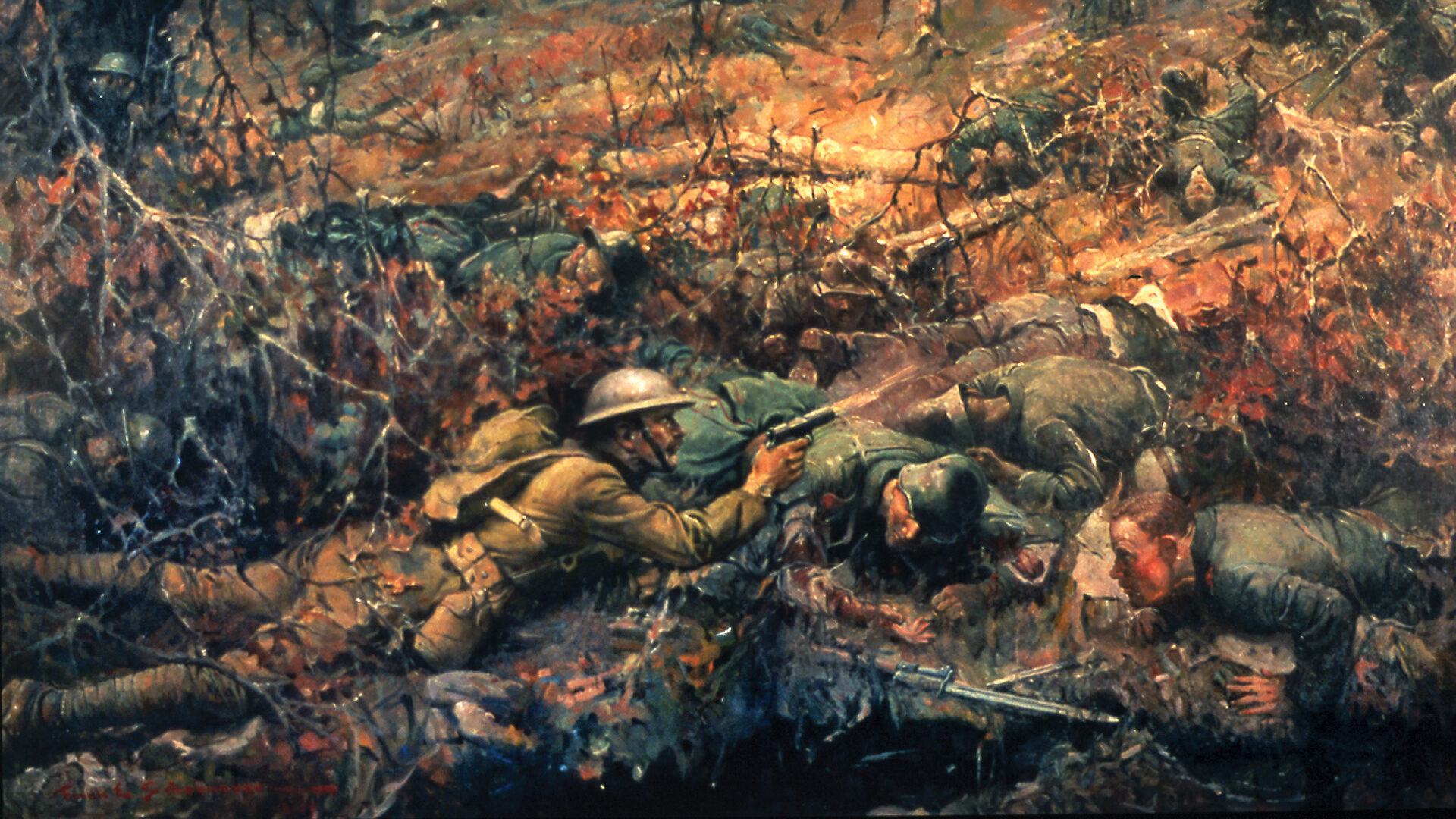
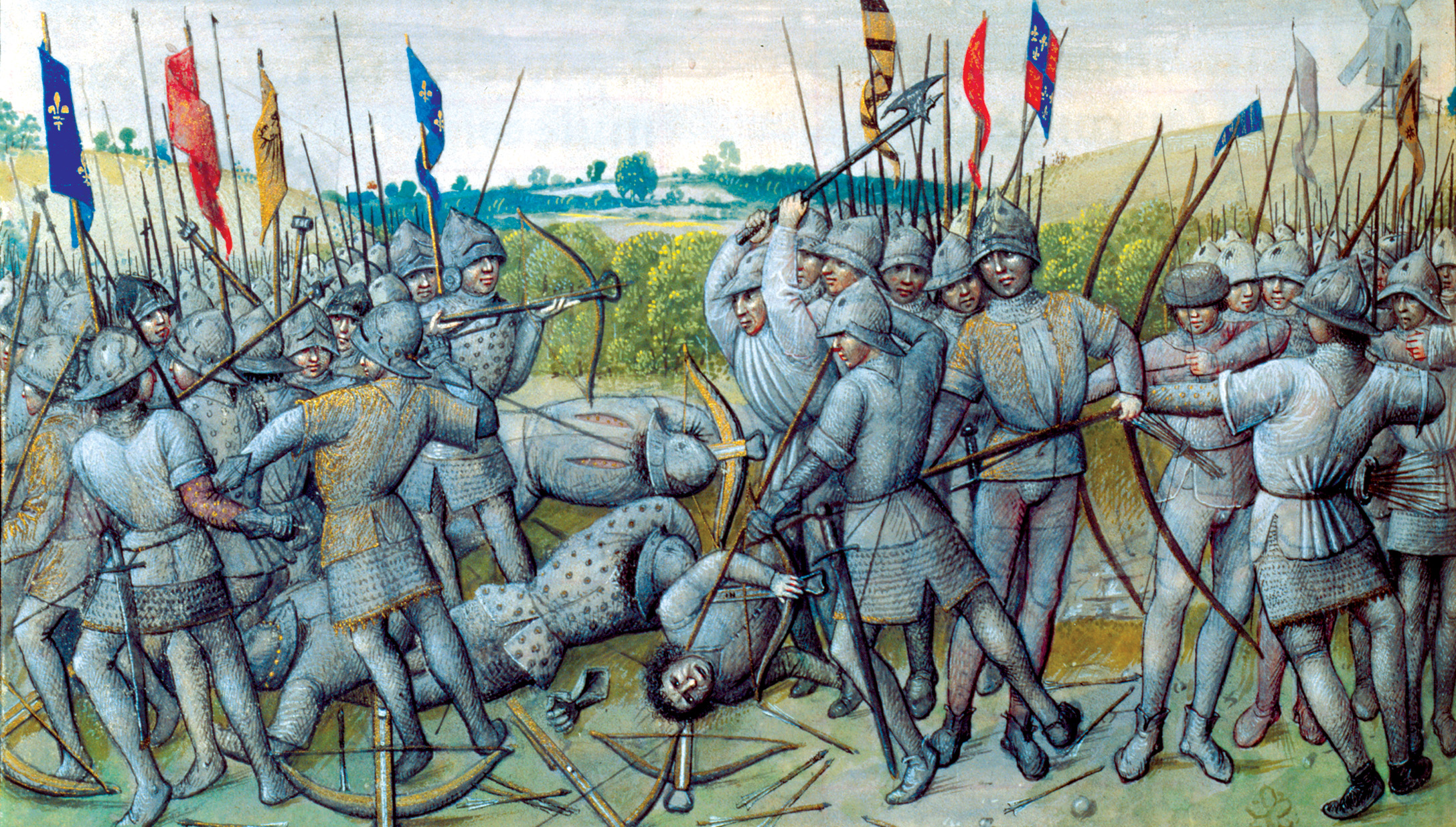
Join The Conversation
Comments
View All Comments